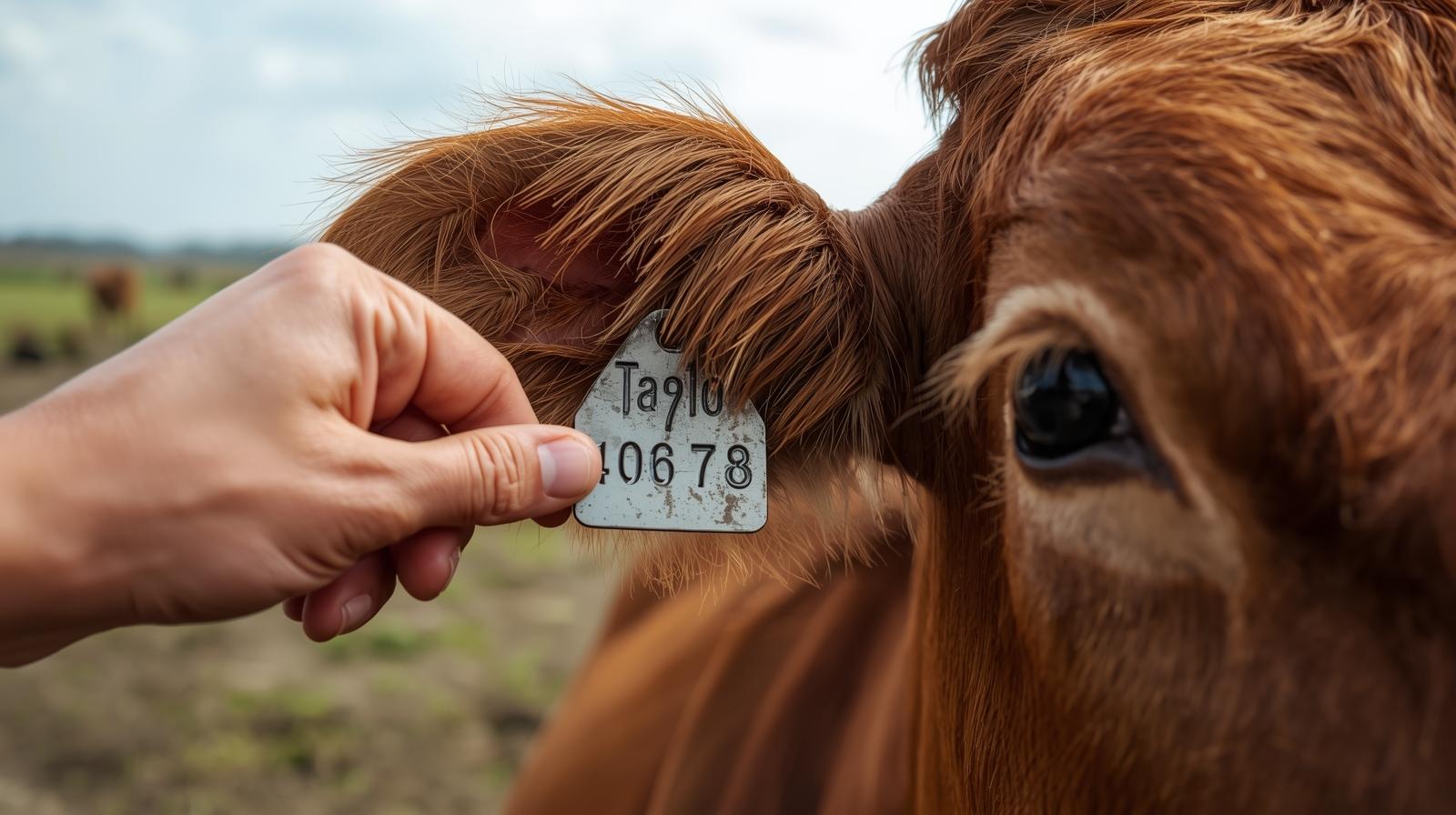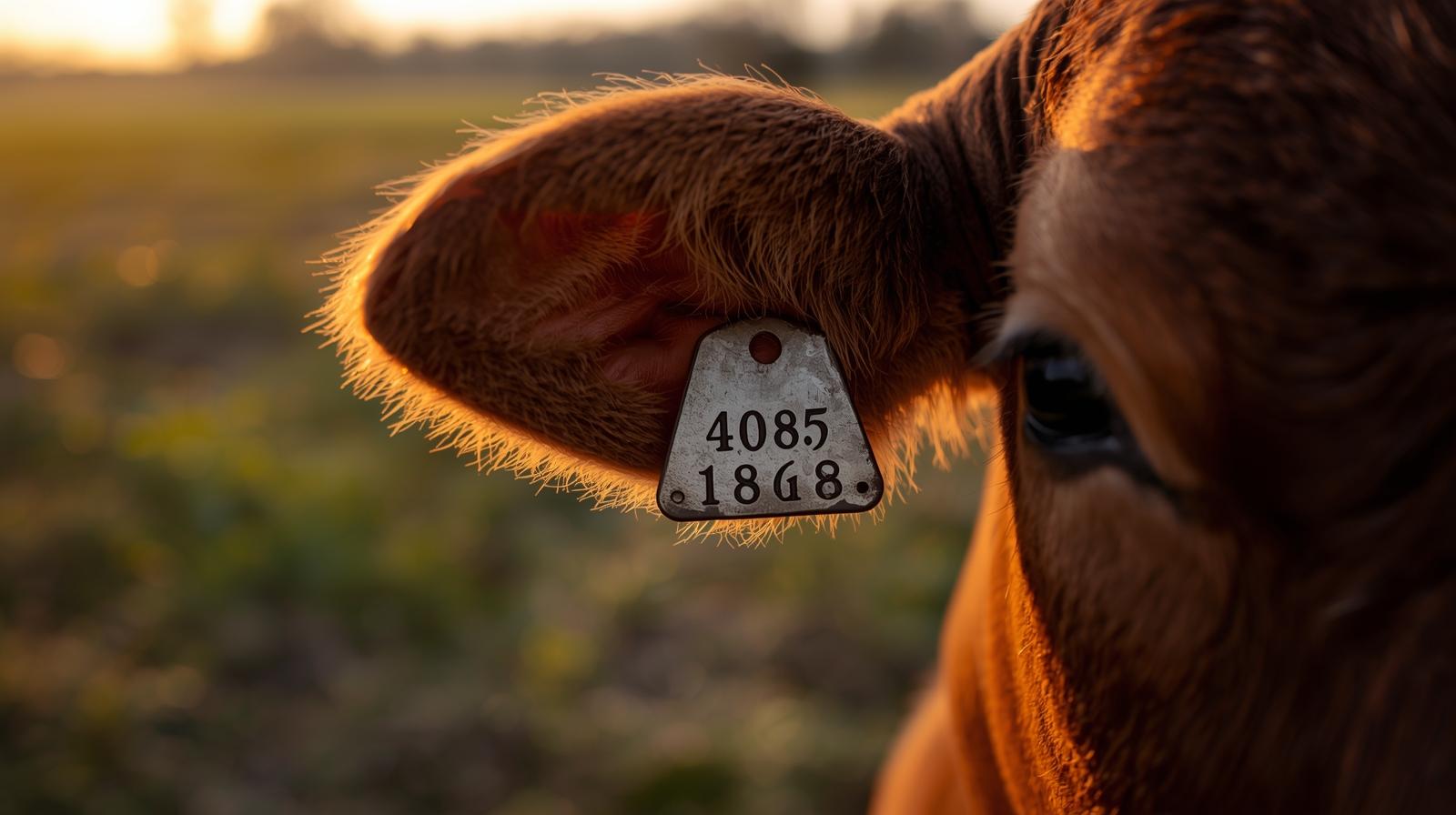For centuries, livestock identification was a simple affair: a brand, an ear notch, or a written entry in a ledger. While functional, these methods were prone to error, fraud, and inefficiency. Today, the landscape of animal husbandry is undergoing a seismic shift, driven by a wave of digital innovation. The integration of advanced Technology in the livestock identification market is not just an upgrade; it’s a complete revolution, creating a new paradigm of smart, connected, and transparent farming. This transformation is moving the industry from mere identification to comprehensive data-driven management, enhancing everything from animal welfare and biosecurity to supply chain integrity and profitability. This deep dive explores the technologies at the forefront, their profound benefits, the challenges to adoption, and the exciting future they are building.
The livestock identification market size was valued at USD 1.74 billion in 2025 and is projected to reach USD 2.78 billion by 2031. It is projected to register a CAGR of 8.1% during the forecast period.

From Branding to Biometrics: The Evolution of Tracking
The journey of Technology in the livestock identification market began with a need for better traceability, especially after food safety crises like BSE (Mad Cow Disease). Governments and consumers demanded reliable systems to track an animal from birth to slaughter. This pushed the industry beyond visual tags to electronic solutions. The initial steps involved simple barcode tags, but these were susceptible to damage and dirt. The real breakthrough came with Radio-Frequency Identification (RFID), which allowed for wireless, unique, and automated identification. This was the foundation upon which the modern, data-rich ecosystem is being built. Today, the scope of Technology in the livestock identification market extends far beyond a simple ID number, encompassing sensors, GPS, and cloud computing to monitor health, location, and behavior in real-time.
The Technological Arsenal: Tools Powering the Market
The modern toolbox for identifying and managing livestock is diverse, with each technology serving a specific purpose and often working in concert with others.
RFID: The Backbone of Modern Identification
Radio-Frequency Identification (RFID) is the undisputed cornerstone of modern livestock tracking. An RFID system consists of a tag (or transponder) attached to the animal, a reader, and a data management system. RFID tags can be low-frequency (LF) ear tags, which are common due to their reliability and resistance to interference from water and metal, or ultra-high frequency (UHF) tags that offer longer read ranges. The primary advantage is automation: a reader can scan multiple animals as they pass through a chute or gate, instantly logging their movement without manual intervention. This eliminates human error and drastically improves operational efficiency on the farm.
GPS and Satellite Tracking: Geofencing and Pasture Management
For extensive grazing operations and valuable breeding stock, knowing the precise location of an animal is critical. GPS-enabled collars or boluses (ingestible devices) provide real-time location data. This technology allows farmers to:
-
Create virtual geofences and receive alerts if animals stray beyond designated boundaries.
-
Optimize pasture rotation by monitoring herd movement patterns.
-
Quickly locate sick or injured animals in large fields, improving welfare outcomes.
-
Theft prevention and recovery.
Biometric Identification: The Unforgeable Marker
Emerging as a cutting-edge solution, biometrics offers a form of identification that cannot be lost or removed. This includes:
-
Nose Print Recognition: Similar to a human fingerprint, every bovine has a unique nose print pattern. Cameras can capture and match these patterns to identify individuals.
-
Retinal Scanning: The complex vascular pattern of the retina is also unique and can be scanned for accurate identification.
-
Iris Recognition: Using the unique patterns in the iris of an animal’s eye provides a highly secure method of identification.
These methods are particularly valuable for high-assurance traceability and breeding programs where absolute certainty of identity is required.
Blockchain: The Trust Layer for the Supply Chain
While not an identification technology itself, blockchain is the revolutionary framework that gives meaning to the data collected. It creates a secure, decentralized, and immutable ledger for every event in an animal’s life. When a calf is tagged with an RFID, its birth is recorded on the blockchain. Every subsequent event—vaccinations, vet visits, movement to a new farm, processing—is added as a permanent, unchangeable block.
The Compelling Drivers for Adoption
The rapid growth of the Technology in the livestock identification market is fueled by several powerful drivers that resonate with stakeholders across the value chain.
Stringent Government Regulations and Food Safety
Governments worldwide are mandating animal identification and traceability systems to control disease outbreaks. In the event of a pathogen like Foot-and-Mouth Disease, being able to instantly trace all movements and contacts of an infected animal is invaluable for containing the spread and protecting the national herd. This regulatory push is a primary catalyst for adoption.
The Surging Demand for Protein and Operational Efficiency
The global population is growing, and with it, the demand for meat and dairy. Farmers are under pressure to maximize output and efficiency. Technology in the livestock identification market provides the data needed to optimize feeding regimens, detect illnesses early, and improve breeding programs, directly impacting yield and profitability.
Rising Consumer Consciousness and Demand for Transparency
Modern consumers want to know where their food comes from and how it was produced. They are concerned about animal welfare, antibiotic use, and environmental sustainability. Advanced identification and blockchain traceability directly address these concerns, allowing brands to differentiate themselves with verifiable, ethical credentials.
The Multifaceted Benefits: Beyond Simple Identification
The implementation of advanced technology delivers a cascade of benefits that transform livestock management from an art into a science.
Enhanced Food Safety and Disease Control
The ability to rapidly trace the source of contamination during a foodborne illness outbreak is perhaps the most significant public health benefit. Instead of massive, costly recalls of entire product lines, authorities can pinpoint the exact source, minimizing public risk and economic damage. Similarly, controlling the spread of animal diseases protects agricultural economies.
Unprecedented Supply Chain Transparency
From farm to fork, every stakeholder gains visibility. The farmer proves their stewardship, the processor verifies the provenance of their raw materials, the retailer guarantees product quality, and the consumer enjoys peace of mind. This transparency builds brand loyalty and reduces fraud.
Superior Animal Health and Welfare Management
Sensors integrated with identification tags can monitor vital signs like body temperature, rumination (chewing activity), and mobility. Algorithms detect anomalies that signal the onset of illness, often before visible symptoms appear. This enables early intervention, reducing mortality rates, minimizing antibiotic use through targeted treatment, and ensuring higher standards of animal welfare.
Boosted Operational Efficiency and Profitability
Automation of data collection saves countless hours of manual labor. Data-driven insights help farmers make better decisions about breeding, culling, and feeding, optimizing resource allocation and ultimately increasing the productivity and profitability of their operations.
Navigating the Challenges and Limitations
Despite its promise, the widespread adoption of Technology in the livestock identification market faces several hurdles that must be addressed.
High Initial Investment and Infrastructure Costs
The upfront cost of tags, readers, software, and training can be prohibitive for small-scale farmers, especially in developing regions. The return on investment, while significant, is often long-term, creating a barrier to entry.
Interoperability and Data Standardization Issues
The market features numerous technology providers, and systems from different vendors often cannot communicate with each other. A lack of universal data standards can create silos of information, hindering the seamless traceability that the technology promises.

Technical Literacy and Training Needs
Successful implementation requires a certain level of technical skill. Farmers and workers need to be trained not only to use the hardware and software but also to interpret the data and integrate it into their daily management practices.
Durability and Performance in Harsh Environments
Livestock environments are tough. Tags and sensors must be rugged enough to withstand weather, mud, physical impact, and constant wear and tear without failing. Ensuring consistent performance and read rates in these conditions is an ongoing engineering challenge.
Glimpsing the Future: Emerging Trends and Innovations
The evolution of Technology in the livestock identification market is far from over. Several emerging trends are set to define its future trajectory.
The Integration of Artificial Intelligence and Predictive Analytics
AI will move beyond simple data collection to predictive analysis. By analyzing historical and real-time data on health, movement, and environment, AI algorithms will be able to predict disease outbreaks, optimize breeding times, and forecast yields with remarkable accuracy.
The Proliferation of IoT and Sensor Technology
The Internet of Things (IoT) will see animals become nodes in a vast network. Sensors will monitor a wider range of parameters, from hydration levels to stress hormones, providing a holistic view of each animal’s well-being and transmitting this data seamlessly to the cloud.
The Development of Low-Power, Long-Range Networks
Technologies like LPWAN (Low-Power Wide-Area Network) are ideal for large-scale farms and ranches. They allow small bits of data from GPS and sensors to be transmitted over very long distances with minimal battery consumption, making continuous monitoring more feasible and affordable.
The Rise of Sustainability and Carbon Footprint Monitoring
Future systems will likely integrate data to measure and manage the environmental impact of livestock. This could include tracking methane emissions and monitoring pasture health to help farmers participate in carbon credit markets and validate their sustainability claims.
A Connected Future for Livestock Management
The integration of advanced Technology in the livestock identification market marks a pivotal moment in agriculture. It is transforming an age-old practice into a sophisticated, data-centric industry. While challenges related to cost, interoperability, and training persist, the overwhelming benefits for food safety, animal welfare, operational efficiency, and consumer trust are undeniable. As technology continues to advance, becoming more affordable and powerful, the vision of a fully connected, transparent, and sustainable global food supply chain is steadily becoming a reality. The future of livestock management is not just about identifying animals; it’s about understanding them, optimizing their care, and building a more resilient and trustworthy food system for everyone.
Explore In-Depth Semiconductor & Electronics Market Research:
https://www.marketsandmarkets.com/semiconductorand-electonics-market-research-87.html
FAQs
1. What is the most common technology used in livestock identification today?
The most widespread and foundational technology is Radio-Frequency Identification (RFID), typically in the form of an electronic ear tag. It provides a unique, automated, and reliable method for identifying individual animals.
2. How does blockchain technology integrate with livestock identification?
Blockchain acts as a secure digital ledger. The unique ID from an RFID tag or other device is used to create a digital passport for the animal. Every event in its life (health records, movements, etc.) is recorded as a tamper-proof block on the blockchain, ensuring end-to-end supply chain transparency.
3. What are the benefits of technology in livestock identification for small-scale farmers?
While the initial cost can be a barrier, the benefits include improved record-keeping for breeding and health, early disease detection to prevent losses, reduced labor through automation, and the potential to access premium markets by verifying sustainable or ethical practices through data.
4. Are there any animal welfare concerns with these technologies?
The technologies are designed to improve animal welfare. Modern tags and sensors are minimally invasive. The major benefit is the ability to monitor health 24/7, allowing for early intervention when an animal is sick or injured, thereby reducing suffering and improving overall herd well-being.
5. What is the future of technology in the livestock identification market?
The future lies in the convergence of IoT sensors, AI, and big data. We will see a shift from simple identification to total health and environmental monitoring, with predictive analytics helping farmers prevent problems before they occur and further optimize their operations for sustainability and productivity.
See The Latest Semiconductor Reports:
Quantum Computing Market Size, Share & Trends : https://www.marketsandmarkets.com/Market-Reports/quantum-computing-market-144888301.html
Cold Chain Monitoring Market Size, Share & Trends : https://www.marketsandmarkets.com/Market-Reports/cold-chain-monitoring-market-161738480.html
Printed Electronics Market Size, Share & Trends : https://www.marketsandmarkets.com/Market-Reports/printed-electronics-market-197.html
Head-up Display (HUD) Market Size, Share & Trends : https://www.marketsandmarkets.com/Market-Reports/head-up-display-hud-market-684.html
Mining Automation Market Size, Share & Trends : https://www.marketsandmarkets.com/Market-Reports/mining-automation-market-257609431.html
